Set Session In Js
In web development, sessions play a vital role in managing and storing data specific to an individual user’s browsing session. JavaScript, being a versatile language, provides several methods and techniques to facilitate session management. This article will delve into the concept of sessions in JavaScript, their implementation, management, and best practices. We will also discuss some frequently asked questions related to sessions.
What is a session in JavaScript?
A session in JavaScript refers to a period of continuous interaction between a user and a website. It starts when the user first visits the website and ends when they close the browser tab or navigate away from the site. During a session, the website can maintain information about the user and use it for various purposes, such as personalization, authentication, and storing temporary data.
How to start a session in JavaScript
Starting a session in JavaScript involves creating and storing session-related information on the client-side. One commonly used technique to initiate a session is by generating a unique session ID and associating it with the user’s browser. This session ID is typically stored as a cookie or in the browser’s local storage.
What is session storage and how is it different from local storage?
Session storage and local storage are two mechanisms provided by modern web browsers to store data on the client-side. The major difference between them lies in the lifespan of stored data.
Session storage is designed to store data for the duration of a browsing session. It means that the data stored in session storage will be available only as long as the browser tab or window remains open. If the user closes the tab or window, the session storage data is automatically cleared.
On the other hand, local storage persists even after the user closes the browser and restarts the computer. The data stored in local storage remains available until specifically cleared by the user or through JavaScript code.
Storing and retrieving data in a session
To store data in a session using JavaScript, one can leverage the session storage mechanism provided by modern browsers. The `sessionStorage` object, part of the Web Storage API, allows developers to save key-value pairs locally on the user’s browser during a session.
Here’s an example of setting and retrieving data in a session:
“`javascript
// Storing data in session storage
sessionStorage.setItem(‘username’, ‘JohnDoe’);
// Retrieving data from session storage
const username = sessionStorage.getItem(‘username’);
console.log(username); // Output: JohnDoe
“`
Manipulating session data
JavaScript provides various methods to manipulate session data. You can update the value of a particular key, remove a key-value pair, or clear the entire session storage.
To update the value of a key in the session storage, you can use the `setItem` method with the same key. It will override the existing value with the new one.
“`javascript
sessionStorage.setItem(‘username’, ‘JaneSmith’);
“`
Similarly, to remove a key-value pair from the session storage, the `removeItem` method can be used.
“`javascript
sessionStorage.removeItem(‘username’);
“`
To clear the entire session storage, the `clear` method can be invoked.
“`javascript
sessionStorage.clear();
“`
Expiring a session
By default, sessions expire when the user closes the browser. However, there are scenarios where the developer may need to manually set session expiration based on business requirements.
One common approach is to store a timestamp in the session storage indicating the session’s start time. By comparing the current time with the stored timestamp, you can determine if the session has expired. If it has, you can clear the session storage.
Handling session timeouts
Session timeouts are crucial to ensure the security and stability of an application. When a user remains inactive for a predetermined period, the session should automatically expire to prevent unauthorized access.
JavaScript provides the `setTimeout` function, which can be utilized to implement session timeouts. By setting a timer for a specific duration, you can trigger a function to clear the session storage after the timeout.
“`javascript
const sessionTimeout = 30 * 60 * 1000; // 30 minutes
let timeoutID;
function resetTimer() {
clearTimeout(timeoutID);
timeoutID = setTimeout(() => {
// Clear session storage or perform related actions
sessionStorage.clear();
}, sessionTimeout);
}
// Reset timer whenever there’s a user interaction event
document.addEventListener(‘click’, resetTimer);
“`
Managing multiple sessions
In scenarios where multiple sessions need to be managed for different users simultaneously, you can customize the session management approach using frameworks like Laravel, or by implementing custom logic in JavaScript.
Frameworks like Laravel allow developers to set and access session variables on both the server-side and client-side through JavaScript. This enables granular control over session management, such as setting session variables specific to a user’s role or session type.
Best practices for using sessions in JavaScript
To ensure the successful implementation of sessions in JavaScript, it is essential to follow some best practices:
1. Avoid storing sensitive or critical data in the session storage as it resides on the client-side and can be modified.
2. Validate and sanitize the session data at both the server-side and client-side to prevent security vulnerabilities.
3. Implement appropriate session timeouts to enhance security and prevent unauthorized access.
4. Clear session storage when the user logs out or performs certain actions to ensure proper memory management.
FAQs
Q: How can I get the session value in JavaScript?
A: To retrieve a value from the session storage in JavaScript, you can use the `getItem` method. Pass the key associated with the desired value as an argument to retrieve it.
Q: Can jQuery be used to set a session in JavaScript?
A: jQuery is a JavaScript library and can be utilized to interact with the session storage. You can use the `$.session.set` method provided by the jQuery Session Plugin to set values in the session storage.
Q: Is it possible to set a session variable in JavaScript using PHP?
A: Yes, it is possible to set a session variable in JavaScript using PHP. You can set the session variable in PHP and then access it in JavaScript by echoing it in the HTML template or via AJAX requests.
In conclusion, sessions in JavaScript are indispensable for managing user-specific data during browsing sessions. Understanding how to set, store, and manipulate session data is crucial for web developers. By adhering to best practices and utilizing appropriate techniques, developers can ensure efficient session management and improve the overall user experience.
Expressjs Tutorial #6 – Sessions
How To Set Session In Javascript?
Session management is a vital aspect of web development, allowing websites to maintain user-specific data and deliver a personalized experience. JavaScript provides various techniques to set sessions, ensuring smooth communication between the client and server. In this article, we will delve into the process of setting sessions in JavaScript and explore its implementation, advantages, and potential FAQs.
Before diving into setting sessions, it’s important to understand what exactly a session is in the context of web development. A session is created when a user visits a website and is maintained throughout their interaction with it. It keeps track of user-specific data, such as login status, preferences, and any other relevant information.
Setting sessions in JavaScript typically involves the use of cookies, an invaluable tool for storing small amounts of data on the client-side. When a user visits a website, a cookie can be set on their browser, containing a unique identifier or session ID. This session ID is then used to retrieve and merge the user-specific data stored on the server.
Let’s explore the process of setting a session using JavaScript step-by-step:
Step 1: Check if a session already exists
Before setting a new session, it’s important to check whether the user already has an active session. This can be achieved by analyzing the presence of a session ID cookie on the client-side. If the cookie exists, it means that the user has an ongoing session, and further session creation can be skipped.
Step 2: Generate a session ID
If no session ID cookie exists, the next step is to generate a unique session ID for the user. This ID is typically a combination of alphanumeric characters and should be secure to prevent any unauthorized access to the user’s session.
Step 3: Set the session ID cookie
With a session ID generated, it needs to be stored on the user’s browser as a cookie. This can be accomplished using JavaScript’s `document.cookie` property. The cookie can be set with an expiration date, ensuring its persistence across different browsing sessions or until the user’s logging out.
Step 4: Send the session ID to the server
To establish the session on the server-side, the session ID cookie needs to be sent with each subsequent request. This ensures that the server recognizes the user’s session and associates it with their specific data. The session ID can be sent through HTTP headers or as a parameter in the URL, depending on the server configuration.
Step 5: Server-side handling
On the server-side, the session ID is received, validated, and used to retrieve the user’s session data from the server’s session storage. This could be a database, file system, or any other storage mechanism suitable for the application’s needs. Once the session data is fetched, it can be used to personalize the user’s experience, such as displaying their name, preferences, or previous activity.
Advantages of setting sessions in JavaScript:
1. Personalization: Sessions allow websites to personalize the user experience by storing and retrieving user-specific data. This can range from simple preferences like language or theme selection to complex customization options.
2. Security: By associating user actions with their session, websites can implement security measures such as restricting access to certain pages or performing authorization checks. It also enables logging out users and terminating their sessions if needed.
3. Efficiency: Sessions help reduce unnecessary data transfers between the client and server. Instead of sending the user’s data with every request, only the session ID needs to be transmitted, improving overall performance.
4. Cross-device synchronization: When a user accesses a website from multiple devices, sessions aid in synchronizing their preferences and data across those devices. This ensures a seamless experience regardless of the device being used.
FAQs:
Q1: Are sessions secure?
A1: While sessions can enhance security, it’s crucial to implement proper safeguards to prevent unauthorized access or session hijacking. Storing sensitive data in sessions, such as passwords, should be avoided. It’s recommended to encrypt session IDs and use secure protocols (HTTPS) to transmit session-related information.
Q2: Can sessions be used with other programming languages?
A2: Yes, sessions are not specific to JavaScript and can be implemented in various programming languages. However, the process of setting and handling sessions may differ depending on the language and framework used.
Q3: How long do sessions last?
A3: The duration of a session depends on the server configuration and the application’s needs. Sessions can last until the user manually logs out or for a specific period of inactivity, after which they are automatically terminated.
Q4: Can sessions be used for e-commerce applications?
A4: Indeed, sessions are widely used in e-commerce applications to store information about the user’s shopping cart, payment details, and shipping preferences. They enable a seamless shopping experience by persisting important data across different pages.
In conclusion, setting sessions in JavaScript plays a significant role in delivering personalized web experiences and maintaining user-specific data. By using cookies and session IDs, websites can create and manage sessions efficiently. JavaScript’s versatility makes it a powerful tool for session handling, aiding in the synchronization, personalization, and security of web applications.
How To Set Session Id In Javascript?
In web development, managing sessions is a crucial aspect of creating interactive and personalized user experiences. A session is a way to keep track of user data as they navigate through different pages on a website. One common technique for session management is setting a unique session identifier (session ID) for each user. In this article, we will explore how to set a session ID in JavaScript and discuss its importance in web development.
Understanding Session IDs
A session ID is a unique identifier assigned to a user’s session during their visit to a website. It allows the server to track and associate data specific to each user, such as preferences, shopping cart contents, and authentication tokens. Session IDs are typically stored as a cookie, which is sent along with each subsequent request made by the user.
Setting Session ID in JavaScript
To set a session ID in JavaScript, we can utilize the cookie mechanism provided by the browser. Here is a step-by-step guide on how to accomplish this:
Step 1: Generate a Unique Session ID
The first step is to generate a unique session ID. This can be done by using a variety of methods, such as creating a random string or generating a hash from user-specific information. Ensuring the uniqueness of the session ID is crucial to avoid conflicts between different sessions.
Step 2: Assign the Session ID to a Cookie
Once we have a unique session ID, we can assign it to a cookie. Cookies in JavaScript can be created using the `document.cookie` property. Here is an example of how to create a cookie with a session ID:
“`javascript
const sessionId = “your_session_id”;
document.cookie = `session=${sessionId}; Path=/; SameSite=Lax`;
“`
In this example, we are setting a cookie named “session” and giving it the value of the session ID. We are also specifying the path where the cookie should be available (“/”) and setting the SameSite attribute to “Lax” for security reasons.
Step 3: Retrieve the Session ID
To retrieve the session ID, we can access the cookie value using the `document.cookie` property. Here is an example of how to retrieve the session ID from the cookie:
“`javascript
const cookies = document.cookie.split(“;”);
let sessionId;
for (let i = 0; i < cookies.length; i++) { const cookie = cookies[i].trim(); if (cookie.startsWith("session=")) { sessionId = cookie.substring("session=".length, cookie.length); break; } } console.log(sessionId); ``` In this example, the `document.cookie` property returns a string containing all the cookies for the current document. We split the string into individual cookies using the ";", then iterate through each cookie to find the one with the name "session". Finally, we extract the session ID value from the cookie. Importance of Session IDs Session IDs play a vital role in web development. They allow a website or application to maintain stateful interactions with users and personalize their experience. Here are some key benefits of using session IDs: 1. Authentication: Session IDs are often used to authenticate users. By assigning a unique session ID upon login, the server can verify subsequent requests and ensure that the user is authenticated. 2. Data Persistence: Session IDs enable storing user-specific data throughout the session. This allows applications to remember user preferences, maintain shopping cart contents, and keep track of their progress. 3. Cross-Page Interaction: Session IDs enable seamless communication between different pages or components of a website. As a user navigates through various pages, the session ID ensures the continuity of their session data. 4. Security: By associating user data with a session ID, web applications can implement security measures. For example, session hijacking and cross-site scripting attacks can be mitigated by verifying the session ID with each subsequent request. FAQs Q1. Can a session ID be set without using cookies? A1. While cookies are the most common way to store session IDs, there are alternative methods. Session IDs can also be passed in URLs, stored in HTML5 web storage (localStorage or sessionStorage), or transmitted as HTTP headers. However, cookies provide a simple and widely supported mechanism for session management. Q2. How long does a session ID last? A2. The duration of a session ID can be determined by the server or application. Typically, a session ID remains valid until the user logs out or remains inactive for a specified period of time. This timeout can vary depending on the application's requirements. Q3. Are session IDs secure? A3. Ensuring the security of session IDs is essential. To improve security, session IDs should be randomly generated, long, and resistant to guessing. Additionally, best practices include using secure (HTTPS) connections, implementing measures against session fixation attacks, and regularly rotating session IDs. Conclusion Setting a session ID in JavaScript is a fundamental aspect of session management in web development. By assigning unique session identifiers to users, applications can maintain authentication, personalize experiences, and store user-specific data. Understanding the process of setting session IDs and their importance enhances the development of interactive and secure web applications.
Keywords searched by users: set session in js Get session js, Set session jQuery, sessionStorage js, Set session PHP in Javascript, Session js, Check session in js, Laravel set session variable in javascript, Get _SESSION PHP JavaScript
Categories: Top 18 Set Session In Js
See more here: nhanvietluanvan.com
Get Session Js
What is a session?
A session refers to a period of interaction between a user and a website. When a user visits a website, a unique session is created on the server to keep track of the user’s actions. During this session, data can be stored and retrieved to provide a personalized and interactive experience for the user. Sessions are crucial for maintaining stateful behavior in web applications, such as remembering login credentials or tracking a user’s shopping cart.
Features of Get session.js:
1. Easy Integration: Get session.js can be easily integrated into any JavaScript project. It offers a simple and intuitive API that developers can use to manage sessions effectively.
2. Lightweight: The library is incredibly lightweight, with a minified file size of just a few kilobytes. This ensures that it doesn’t add unnecessary bloat to your web application.
3. Cross-Browser Compatibility: Get session.js is designed to work seamlessly across different web browsers. It takes care of any browser-specific quirks and provides a consistent experience for all users.
4. Secure: Security is a crucial concern when dealing with sessions. Get session.js implements robust security measures to prevent session hijacking and other malicious attacks. It uses secure techniques like encryption and token-based authentication to ensure the confidentiality and integrity of session data.
5. Flexibility: The library offers a range of configuration options, allowing developers to customize session behavior according to their requirements. From session timeouts to cookie settings, Get session.js provides fine-grained control over session management.
6. Integration with server-side technologies: Get session.js can easily be integrated with different server-side technologies, such as Node.js, PHP, or Java. It provides clear documentation and examples for each integration, making it easy for developers to get started.
Frequently Asked Questions (FAQs):
Q1. Can Get session.js be used in both client-side and server-side applications?
A1. Yes, Get session.js can be used in both client-side and server-side applications. It provides client-side functions to manage and access session data in the browser, and server-side integrations allow server applications to work with session data as well.
Q2. How does Get session.js handle session expiry?
A2. Get session.js provides a configurable session timeout option, allowing developers to define the duration of a session. Once the timeout expires, the session is automatically invalidated, and the user will need to log in again.
Q3. Can session data be shared between different pages or tabs using Get session.js?
A3. Yes, Get session.js allows session data to be shared between different pages or tabs in a browser. It relies on standard browser mechanisms like cookies or local storage to store and retrieve session data.
Q4. Is Get session.js compatible with single-page applications (SPAs)?
A4. Yes, Get session.js is fully compatible with single-page applications. It provides functions to handle session management in SPAs, allowing developers to create seamless and interactive experiences for their users.
Q5. How does Get session.js handle session security?
A5. Get session.js implements various security measures to ensure session data remains secure. It uses encryption techniques to protect sensitive information and employs token-based authentication to verify session authenticity.
In conclusion, Get session.js is a powerful JavaScript library for session management in web applications. It offers easy integration, flexibility, and robust security features. Whether you are building a small personal project or a large-scale enterprise application, Get session.js can greatly simplify session management and enhance the user experience. Consider utilizing this library in your next web development endeavor.
Set Session Jquery
Introduction
In the world of web development, session management plays a crucial role in maintaining user interactions and preserving data across multiple pages or visits. One widely-used tool to implement session management is jQuery, a fast and concise JavaScript library. In this article, we will delve into the concept of session management, explore how jQuery can be utilized to set session variables, and provide a comprehensive guide for implementing session management in your web applications.
Understanding Session Management
Session management involves storing and retrieving data throughout a user’s session on a website. A session can be defined as a series of interactions between a user and a website within a specific timeframe. During this timeframe, it is important to maintain the state or context of the user’s interactions, such as login credentials, shopping cart contents, or user preferences.
Typically, session management is accomplished by assigning a unique session identifier to each user and associating it with relevant data. This session identifier is often stored in a cookie or as part of the URL query string.
Why Use jQuery for Session Management?
jQuery is a popular JavaScript library that simplifies many web development tasks, including manipulating HTML documents, handling events, and making asynchronous requests. When it comes to session management, jQuery provides a convenient and straightforward approach for setting and retrieving session variables.
Using jQuery to Set Session Variables
To start using jQuery for session management, you need to include the jQuery library in your web application. You can either download the library and host it locally or include it from a Content Delivery Network (CDN) by adding the following line to your HTML document:
“`
“`
Once jQuery is included, you can easily set session variables using the `jQuery.session` plugin. This plugin extends jQuery’s capabilities by adding session-related functions. To use the plugin, simply include it in your HTML document after the jQuery library:
“`
“`
To set a session variable, you can utilize the `$.session.set()` function, as demonstrated below:
“`
$.session.set(“username”, “John”);
“`
In the example above, we set a session variable named “username” and assign it the value “John”. This variable will persist throughout the user’s session.
Retrieving Session Variables
Once session variables are set, you can retrieve their values using the `$.session.get()` function. For instance, to display the value of the “username” variable, you can use the following code:
“`
var username = $.session.get(“username”);
console.log(“Welcome, ” + username + “!”);
“`
The `$.session.get()` function returns the value associated with the specified session variable. In this case, it would return “John”, allowing you to greet the user accordingly.
Clearing Session Variables
To clear a session variable, jQuery provides the `$.session.remove()` function. This can be handy when users log out of your application or when you want to reset a specific session variable. For example:
“`
$.session.remove(“username”);
“`
In the example above, we remove the “username” session variable from the user’s session. Now, if we try to retrieve the value of “username” using `$.session.get(“username”)`, it will return `undefined`.
FAQs
1. Is jQuery required for session management?
No, jQuery is not a mandatory requirement for session management. There are other frameworks and libraries available for session management, such as vanilla JavaScript or server-side technologies like PHP or ASP.NET. However, jQuery simplifies session management tasks and provides a convenient way to interact with session variables.
2. Can session variables be shared between different users?
No, session variables are unique to each user’s session. Each user’s session has its own set of session variables, allowing for personalized and isolated experiences.
3. How long do session variables last?
The duration of session variables can vary depending on the implementation. By default, session variables can last until the user closes their browser or logs out of the website. However, developers can configure session timeouts to automatically invalidate session variables after a certain period of inactivity.
Conclusion
Session management is a vital aspect of web development, ensuring seamless user experiences and preserving important data. With jQuery’s session plugin, developers can easily handle session variables, allowing for efficient session management. By utilizing jQuery’s `$.session.set()`, `$.session.get()`, and `$.session.remove()` functions, developers can manipulate session variables with ease. Whether you use jQuery exclusively or in combination with other frameworks, understanding how to set session variables using jQuery empowers you to build robust and user-friendly web applications.
Images related to the topic set session in js
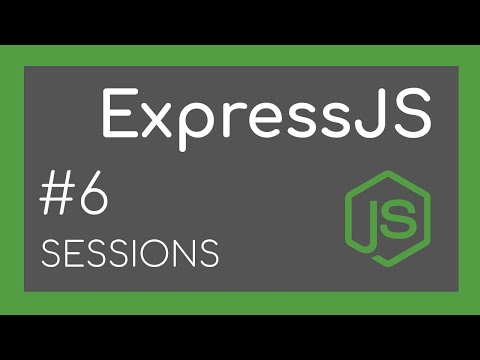
Found 38 images related to set session in js theme
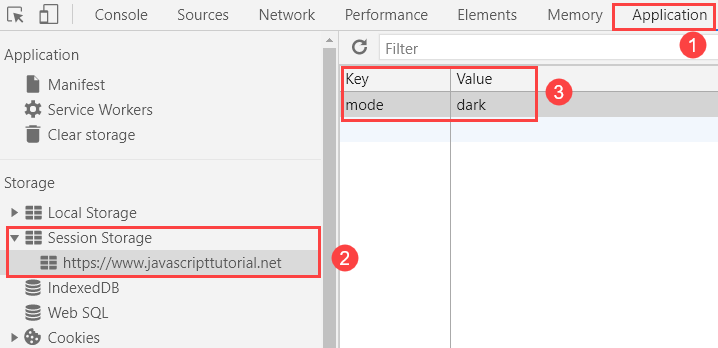
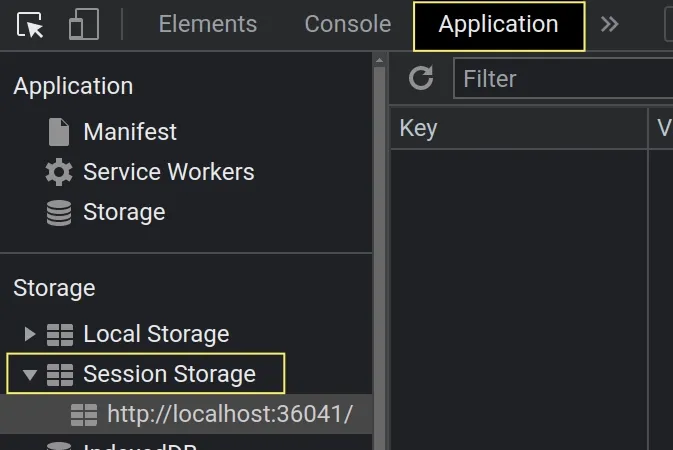


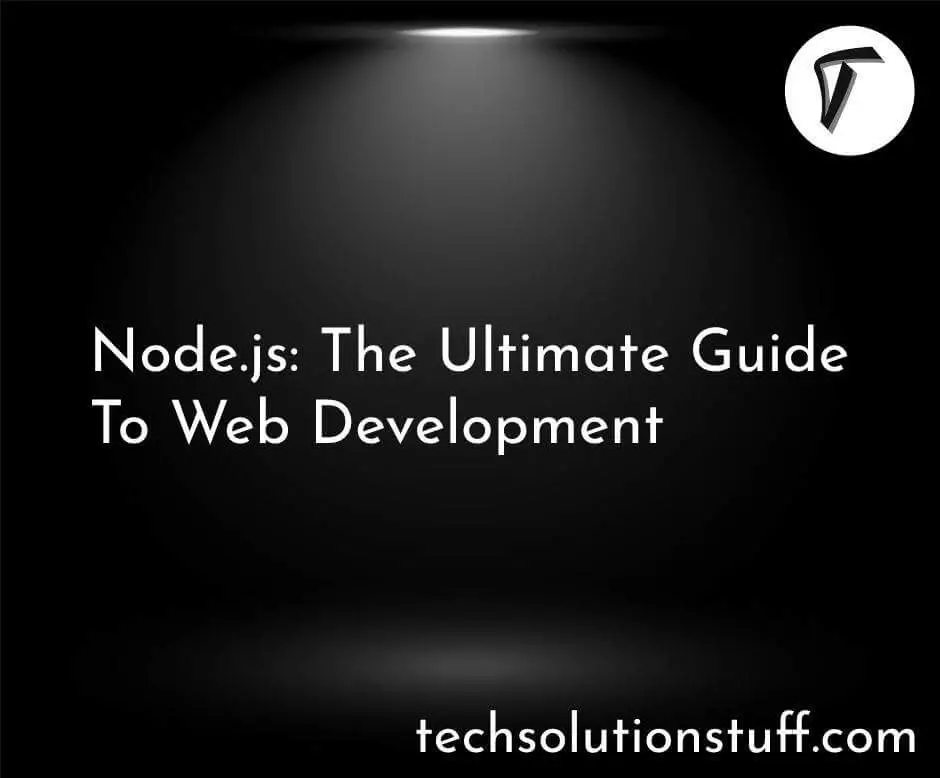


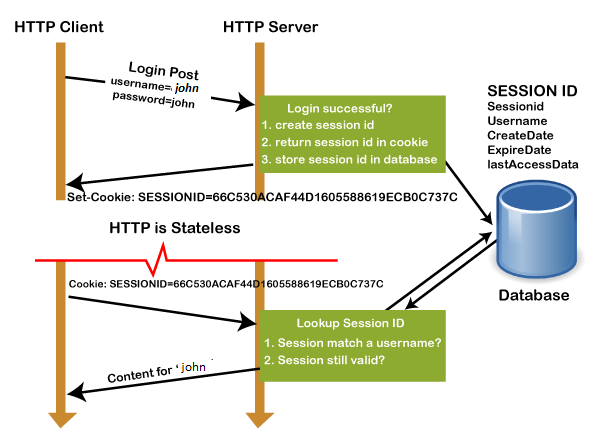
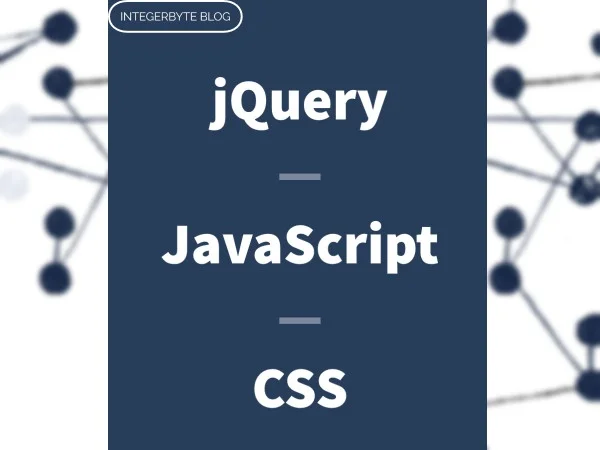
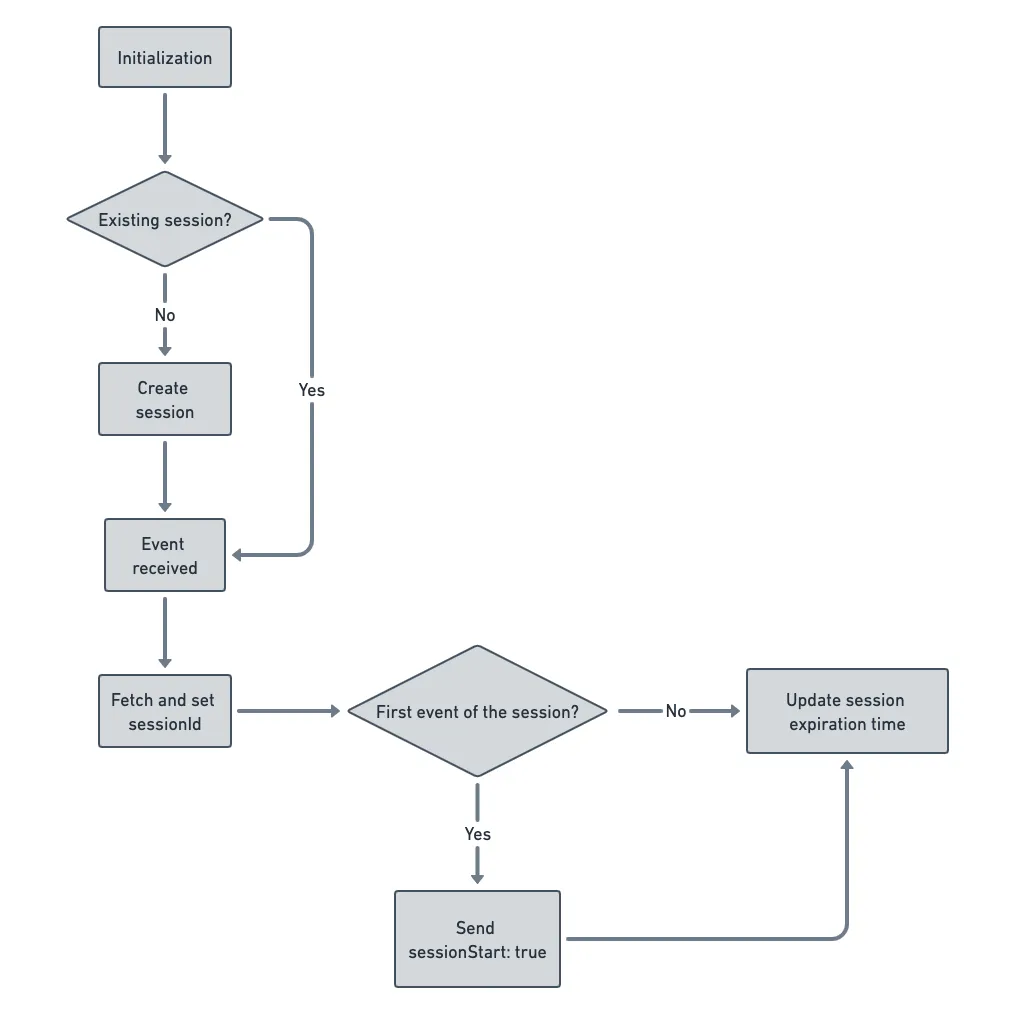



















Article link: set session in js.
Learn more about the topic set session in js.
- Setting session variable using javascript – Stack Overflow
- JavaScript Set Session Variable | Delft Stack
- Window sessionStorage Property – W3Schools
- How to access and set Session Variables in JavaScript
- Window sessionStorage Property – W3Schools
- How to Create a Session ID for the Device Data Collector (DDC) – Kount
- Checking session data – Hacking with PHP
- Set Session variable in JavaScript in ASP.Net – ASPSnippets
- Setting Session Variable in JavaScript returns assigned …
- Window: sessionStorage property – Web APIs | MDN
- How to Set values to Session in Javascript – CodeProject
- How to Set, Get and Remove Session Value in Javascript?
- Get the value of session in JavaScript- FineReport Help …
- Set the session data – Supabase Javascript Client
See more: https://nhanvietluanvan.com/luat-hoc/